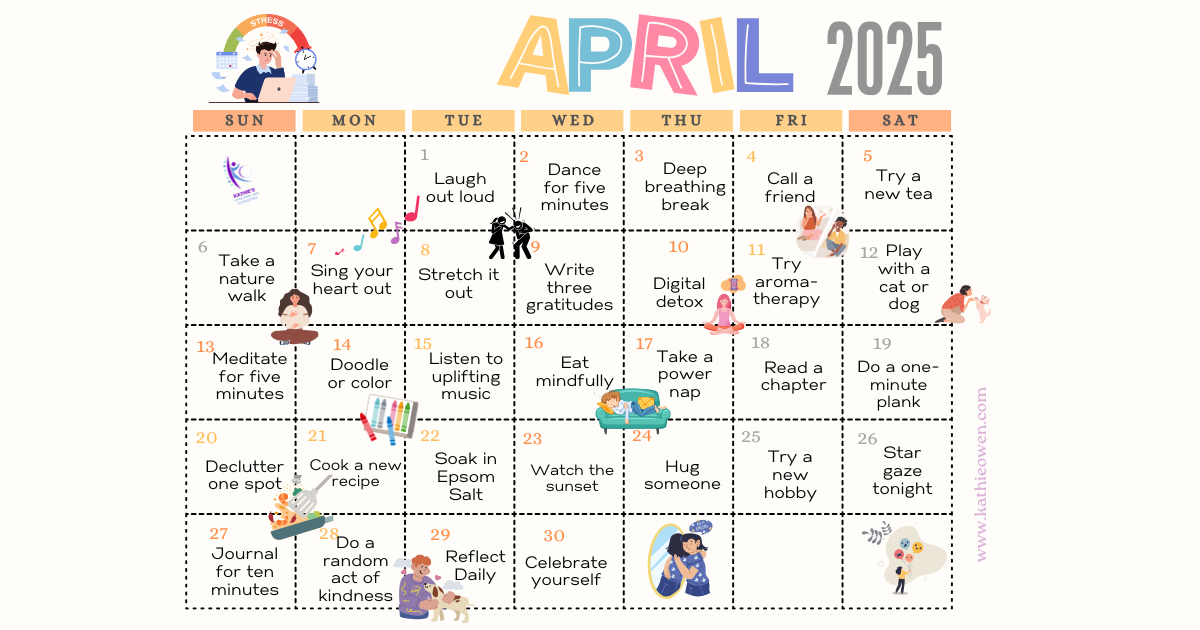Emotional Intelligence and Storytelling
Emotional Intelligence and Storytelling
Connecting on a Deeper Level
In the dynamic interplay of business communication, emotional intelligence (EI) and storytelling are intertwined in a delicate dance that can elevate the mundane to the extraordinary.
When harnessed correctly, this combination not only enriches interactions but also fosters deeper connections with audiences, whether they are clients, colleagues, or customers.
This blog post explores the synergy between emotional intelligence and storytelling, offering practical advice for crafting narratives that resonate on a profound emotional level.
Emotional Intelligence and Storytelling
Understanding Emotional Intelligence in Storytelling
Emotional intelligence refers to the ability to perceive, control, and evaluate emotions—both one's own and those of others. In the context of storytelling, EI becomes a crucial skill, enabling storytellers to craft messages that resonate emotionally and ethically with their audience.
A storyteller with high emotional intelligence can gauge the emotional state of their audience and adjust their narrative accordingly, ensuring it strikes the right chord.
Emotional Intelligence and Storytelling
The Role of EI in Effective Storytelling
Empathy: The Heart of Connection
Empathy, a core component of emotional intelligence, allows storytellers to put themselves in their audience’s shoes. An empathetic storyteller can anticipate the feelings and reactions of the audience to different parts of the story, tailoring the message to ensure it is meaningful and impactful.
For instance, a business leader sharing a story about overcoming challenges might emphasize certain struggles or victories that would be particularly relatable to their team's current experiences.
Self-awareness: Knowing Your Emotional Impact
Self-awareness in storytelling involves understanding how your own emotions and experiences shape the stories you tell and recognizing how this influences your audience.
By being aware of their own emotional biases, storytellers can present a more balanced narrative that resonates more universally. This is particularly important in diverse workplaces where multiple perspectives need to be considered and respected.
Social Awareness: Reading the Room
Effective storytelling requires an acute awareness of the social dynamics at play during any communication. This means being attuned to the mood, attention level, and engagement of the audience.
For example, a marketer presenting to potential clients will need to read the room effectively to adjust their storytelling tactics, perhaps simplifying complex information or using humor to re-engage an audience that seems disinterested.
Relationship Management: Building Long-Term Connections
Storytelling is not just about conveying information; it's also about building relationships. Emotional intelligence helps storytellers manage relationships more effectively by allowing them to deliver stories that not only inform but also inspire and motivate audiences to action.
This aspect of EI is crucial in negotiations, sales pitches, and leadership.
Emotional Intelligence and Storytelling
Tips for Creating Empathetic Narratives
Start with Genuine Curiosity
To create stories that genuinely connect, start by cultivating a deep interest in the experiences and emotions of your audience. This could involve direct interactions, such as surveys or interviews, or indirect methods, like reading customer feedback and social media comments.
Use Relatable Characters and Scenarios
When crafting your story, include characters or scenarios that your audience can relate to. This could mean using a customer persona in a marketing story or sharing a personal anecdote in a corporate setting that mirrors the collective experiences of your team.
Focus on Emotional Journey
Every story has an emotional journey. Highlight these emotions by focusing on the highs and lows experienced by the characters in your story. Describe not just what happens, but also how it affects the characters emotionally, making it easier for your audience to connect with the tale.
Be Vulnerable
Vulnerability can be a powerful tool in storytelling. By sharing your own failures, doubts, and fears, you open up in a way that is both courageous and relatable. This does not mean oversharing or making the narrative uncomfortably personal, but rather showing that you, too, have faced challenges and learned from them.
Practice Active Listening
Before and after sharing your story, engage in active listening. This shows respect for your audience’s viewpoints and feelings and provides valuable feedback that can be used to refine your storytelling skills.
Adjust Tone and Pace Based on Feedback
Use the immediate feedback you receive—whether verbal cues or body language—to adjust the tone, pace, and emotional intensity of your story in real-time. This responsiveness is a hallmark of an emotionally intelligent storyteller.
Emotional Intelligence and Storytelling
Conclusion
The integration of emotional intelligence into storytelling is more than just a technique; it is an essential approach that enhances the way we connect, understand, and inspire each other in a business context.
By developing your emotional intelligence and applying these principles to your storytelling efforts, you can ensure that your narratives not only capture attention but also foster meaningful connections that can have lasting impacts on your audience.
Embrace these tools, and watch as your stories transform into bridges of deeper understanding and collaboration.
Follow Kathie on social media
Kathie Owen, Corporate Wellness Consultant (what does a corporate wellness consultant do?)


















A leadership coach shares her personal journey of being fired for speaking up against toxic workplace culture, drawing parallels with Ted Lasso's themes of authentic leadership and courage. Her story illustrates how challenging systemic dysfunction often comes at a cost—but leads to greater freedom. #WorkplaceCulture #Leadership #TedLasso #ToxicWorkplace #CareerGrowth